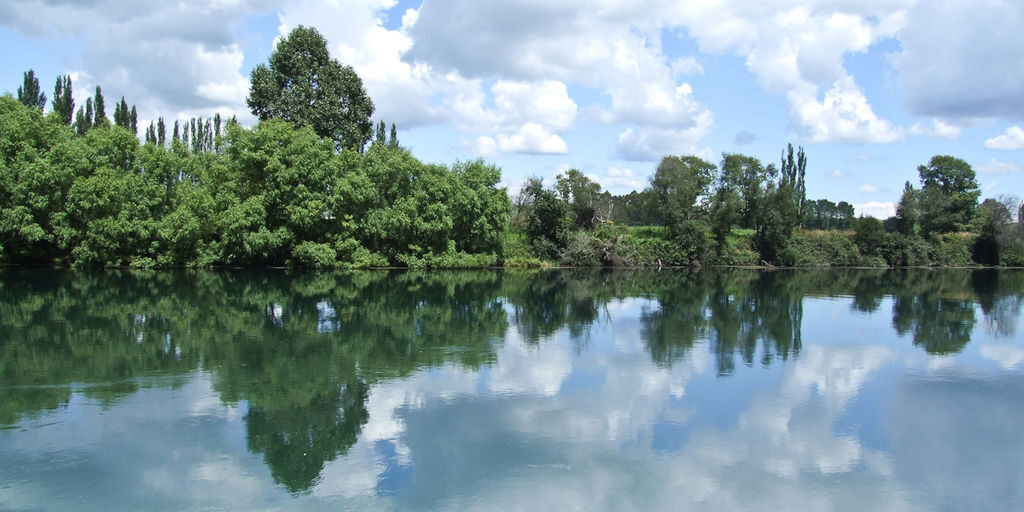Arsenic Removal Drinking Water: Arsenic is a common environmental contaminant found naturally in surface and groundwater resources used for potable supply. Typical values in the Waikato River in New Zealand are around 20 parts per billion (ppb) whereas the New Zealand drinking water standard is 10 ppb. It has become a major concern and challenge in water supply due to its toxicity and carcinogenic properties. Sources of arsenic contamination in surface and groundwater originate from both natural and anthropogenic sources. In oxygen-rich environments where aerobic conditions persist and under natural pH conditions, As (V) is predominant, whereas As (III) dominates in a moderately reducing environment with anoxic conditions such as are found in ground waters. A silica based catalytic media was assessed for arsenic removal. Bench top column and batch experiments were carried out to study the performance of the catalytic media under a range of operating conditions.
KEYWORDS
Arsenic removal, drinking water, catalytic media, arsenic removal from drinking water
Materials: DMI-65 was obtained from Quantum Filtration Medium Property Ltd and activated using sodium hypochlorite (NaOCl) prior to use for both the column and batch adsorption experiments. The stock solution of As (V) (100 mg/L) was prepared by dissolving As2O5 (Sigma-Aldrich, 99%) in deionized water (18.2 MΩ cm-1; Barnstead, EASYpure). The stock solution is diluted with deionized water to get the required As (V) solutions used in this experiments. A stock solution of 50 g/L Ferric Chloride (FeCl3) and 5 mg/L NaOCl were prepared in a volumetric flask and diluted to the required concentrations of 50 mg/L FeCl3 and 5 mg/L NaOCl. The pH adjustments were performed using 0.1 M hydrochloric acid (HCl) and 0.1 M sodium hydroxide (NaOH) solutions. All chemicals and reagents used in this work were analytical grade.
Results:
Thus from the results in this investigation, it clearly shows that DMI 65 has great potential in the removal of As (V) from drinking water to less than 10 μg/L, which is the standard set by WHO, US EPA and DWSNZ. Studies on removing As (III) using DMI-65, and studies on using other materials for As (III) and As (V) is currently on-going at the University of Waikato, New Zealand.
Download the full case study for “Arsenic Removal from Drinking Water using Silica based catalytic media” below.


















